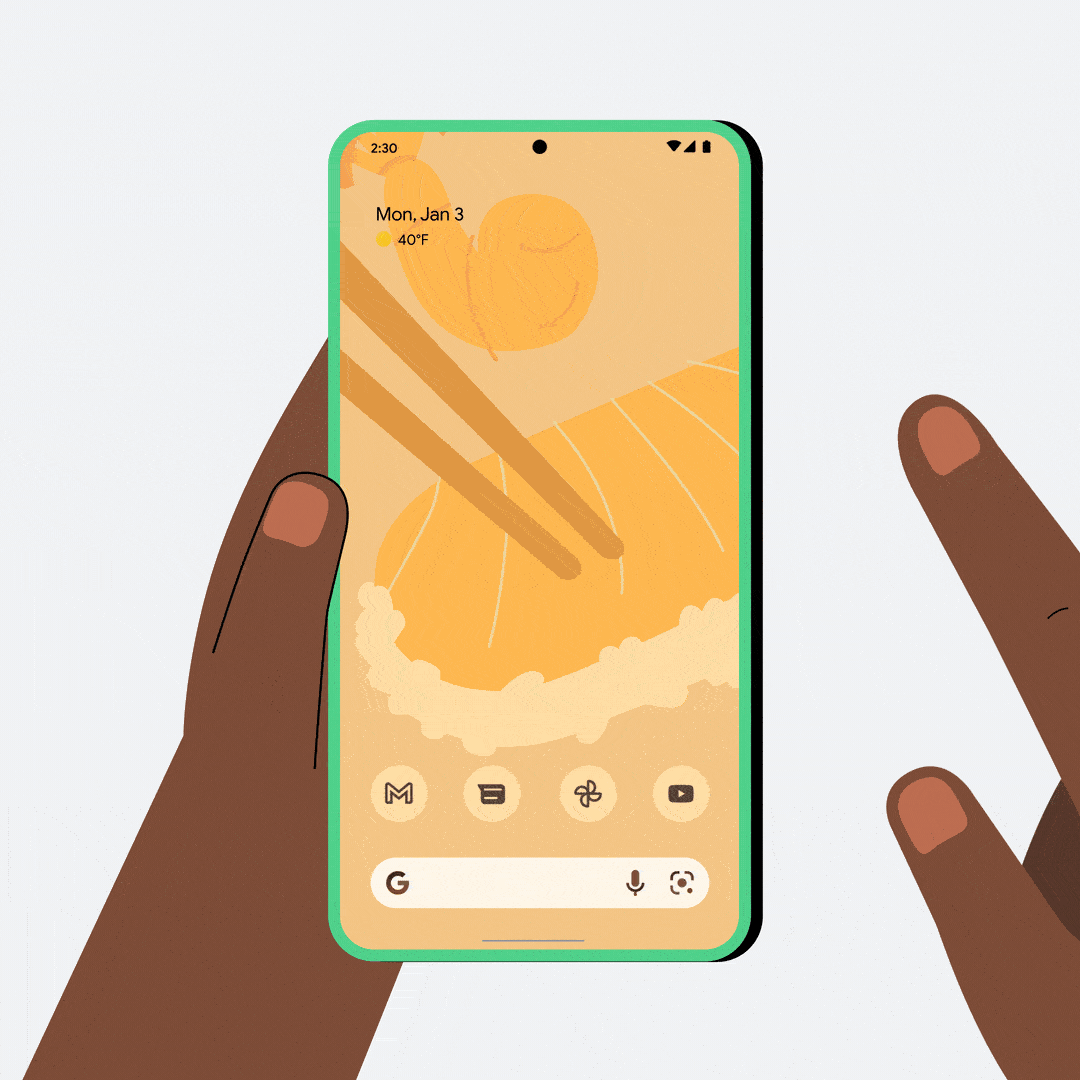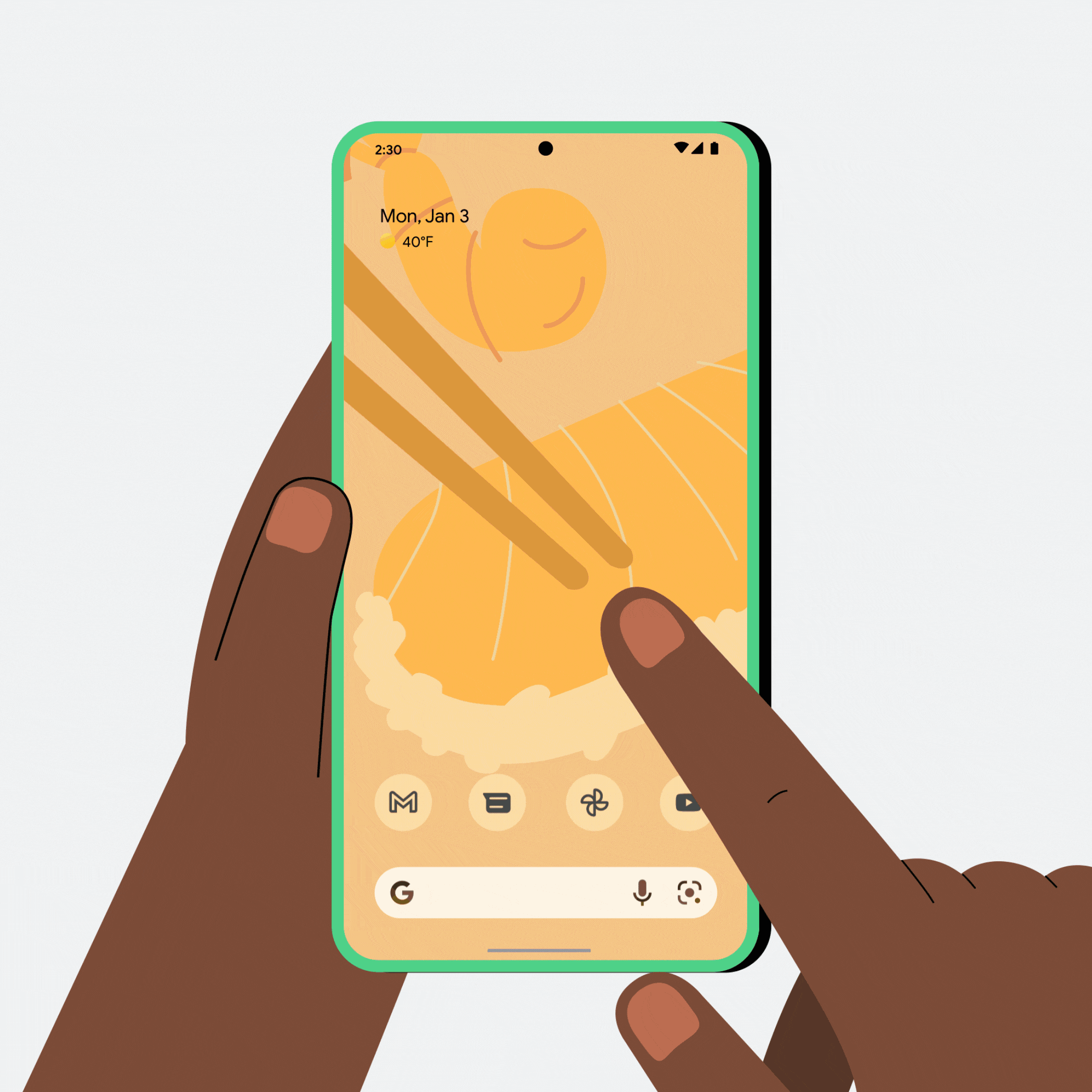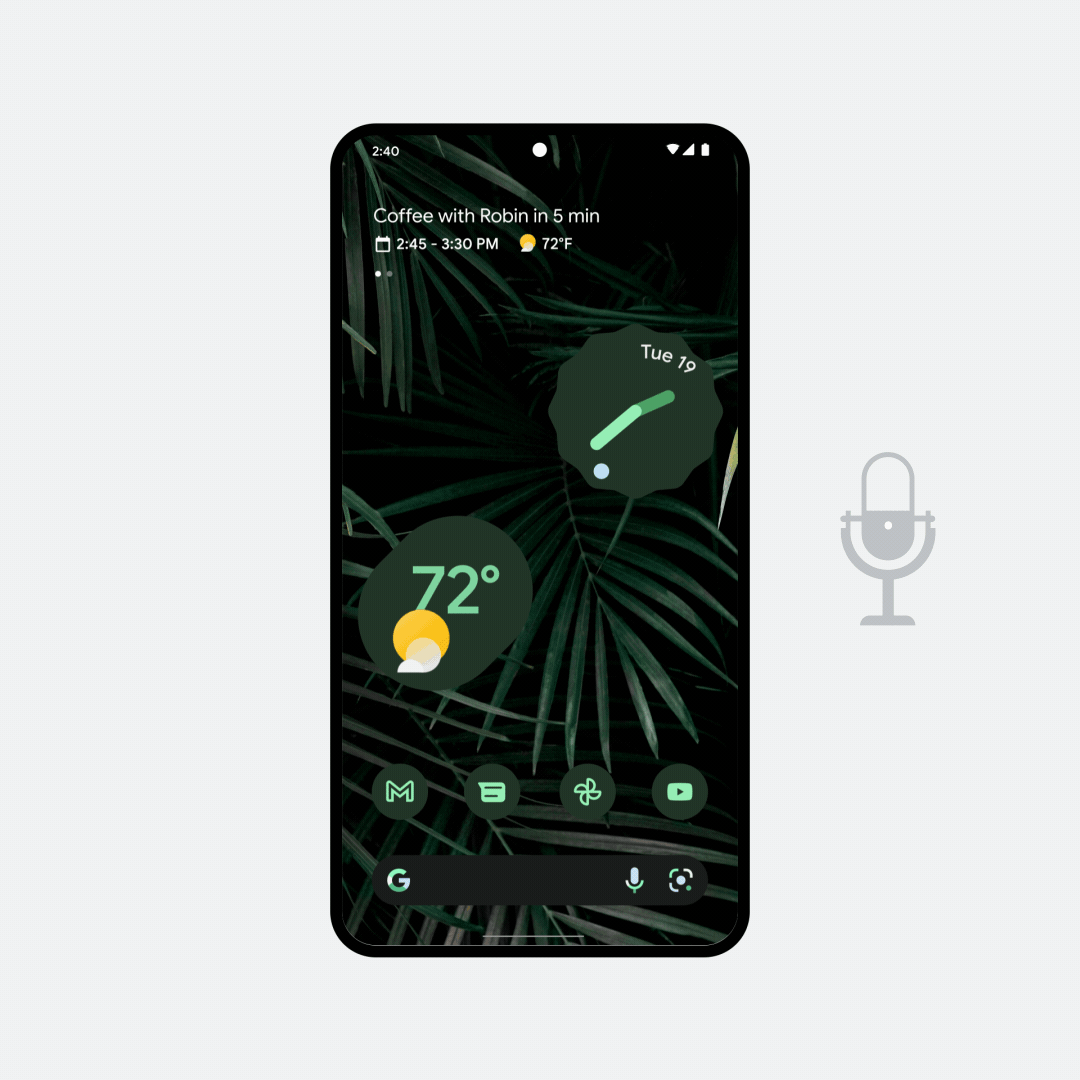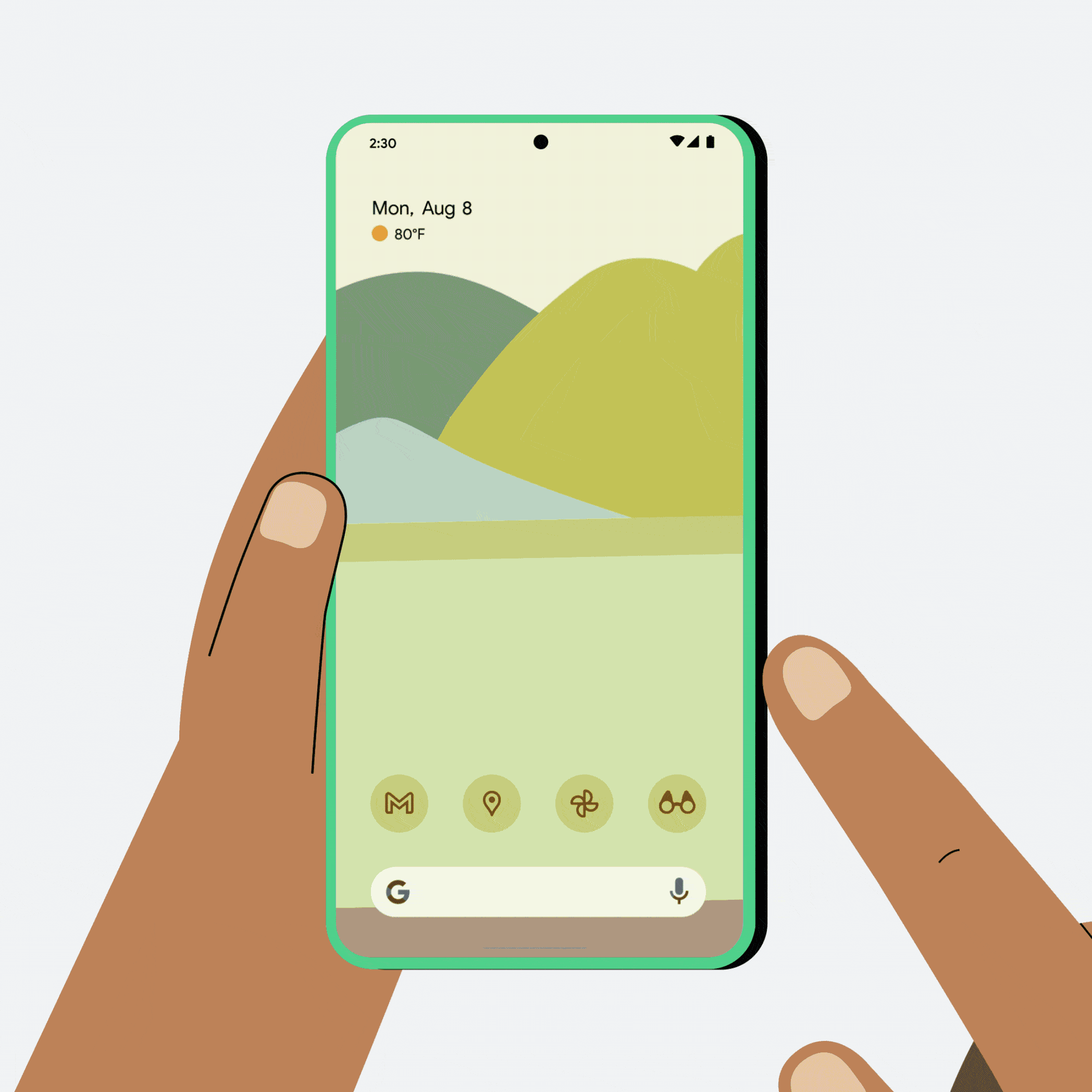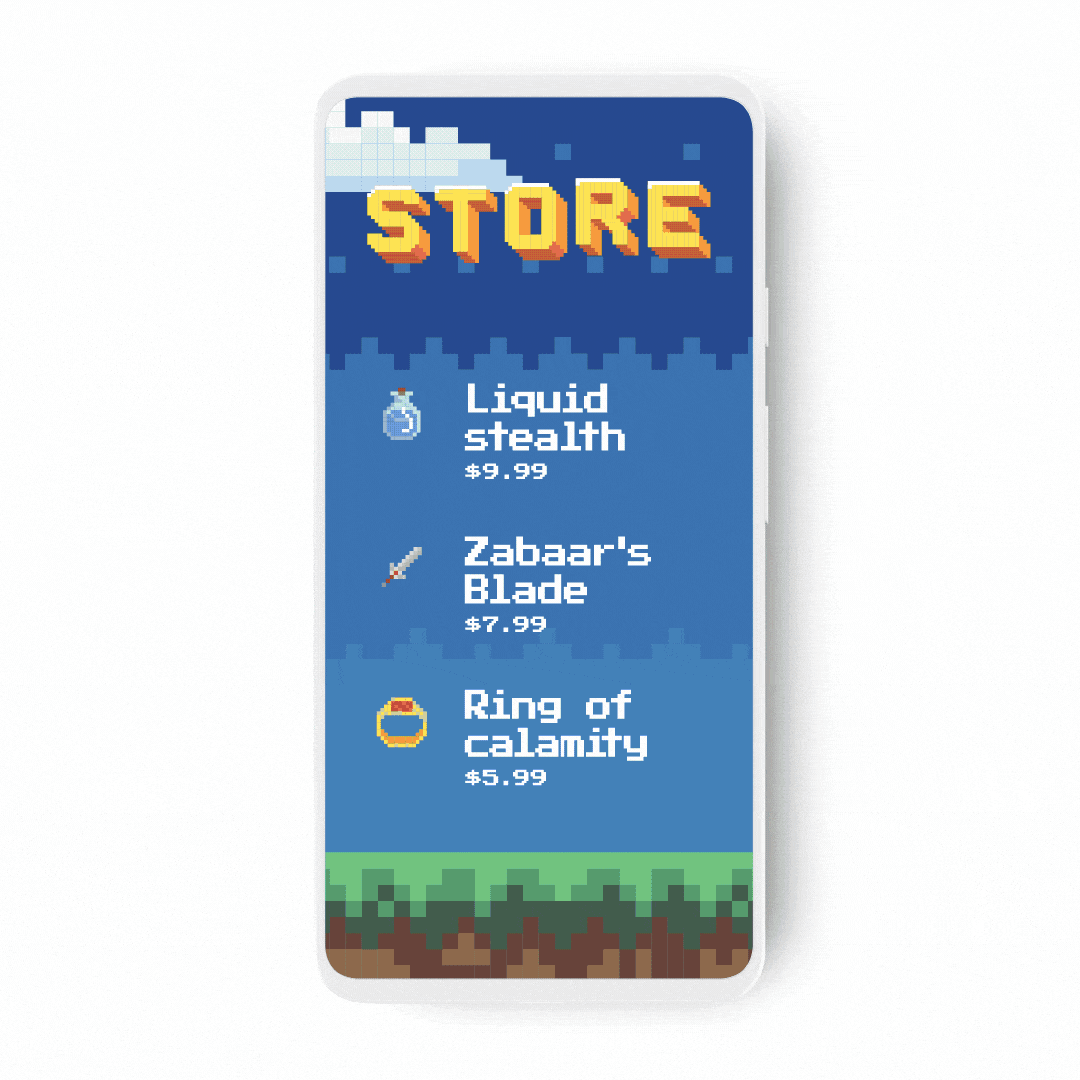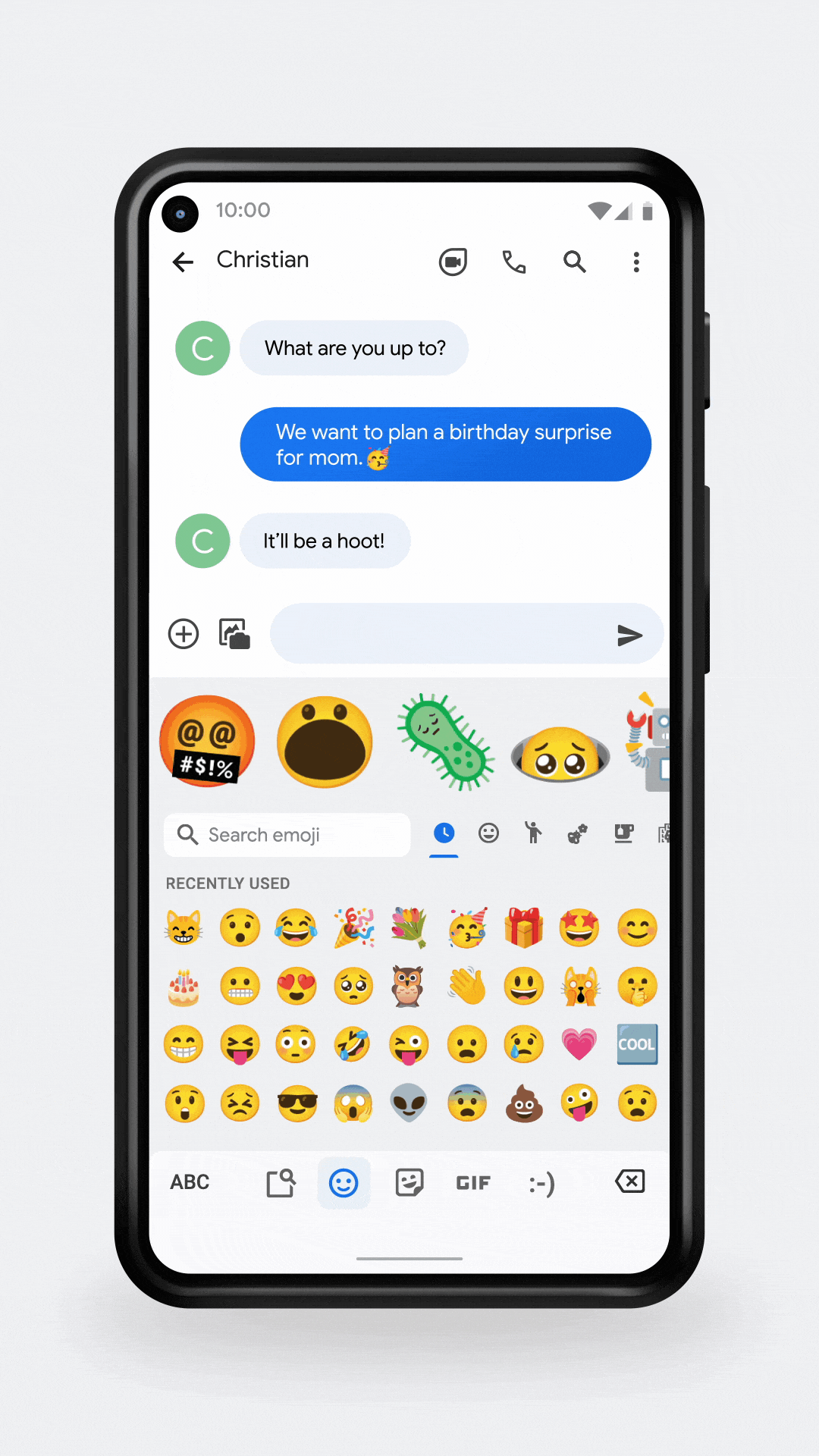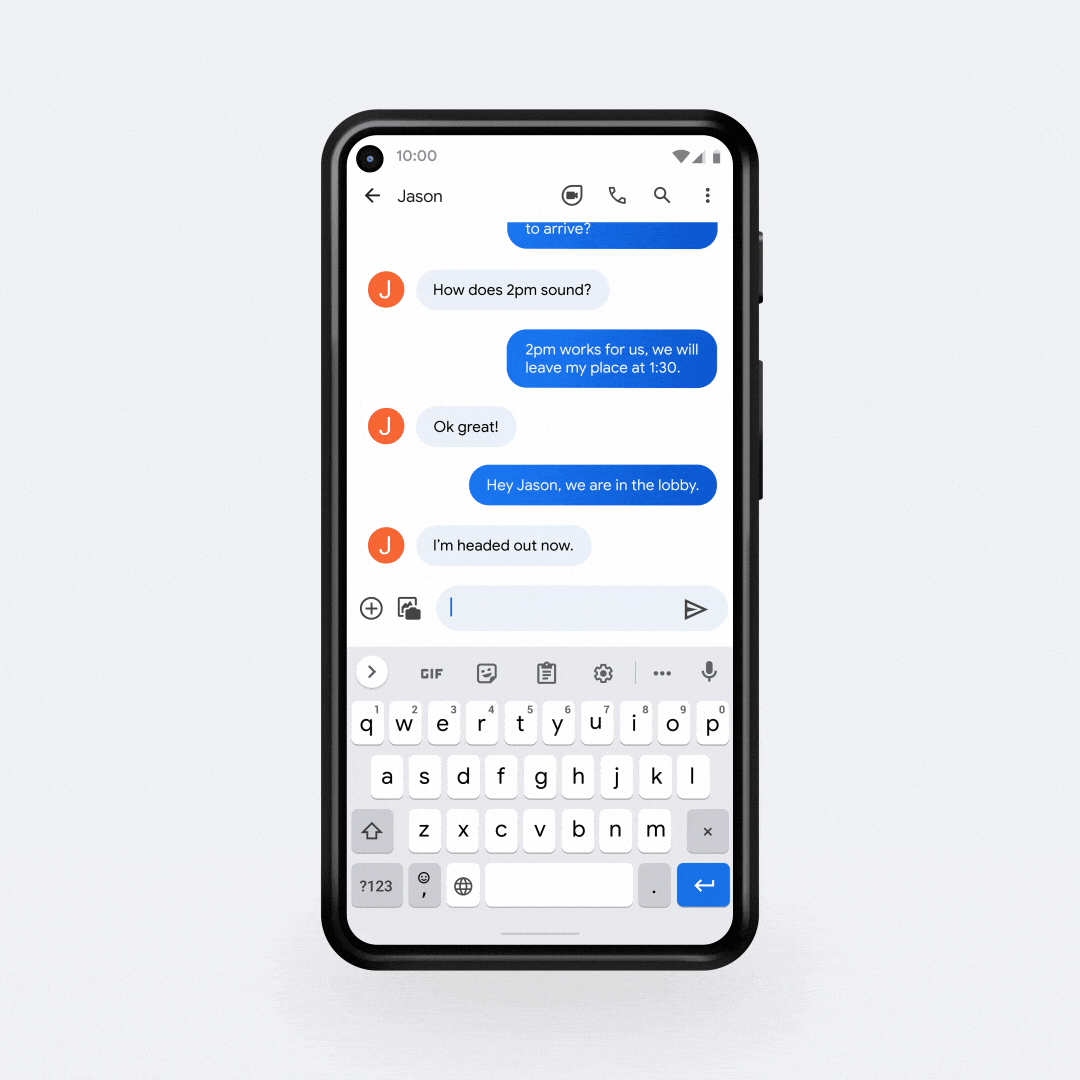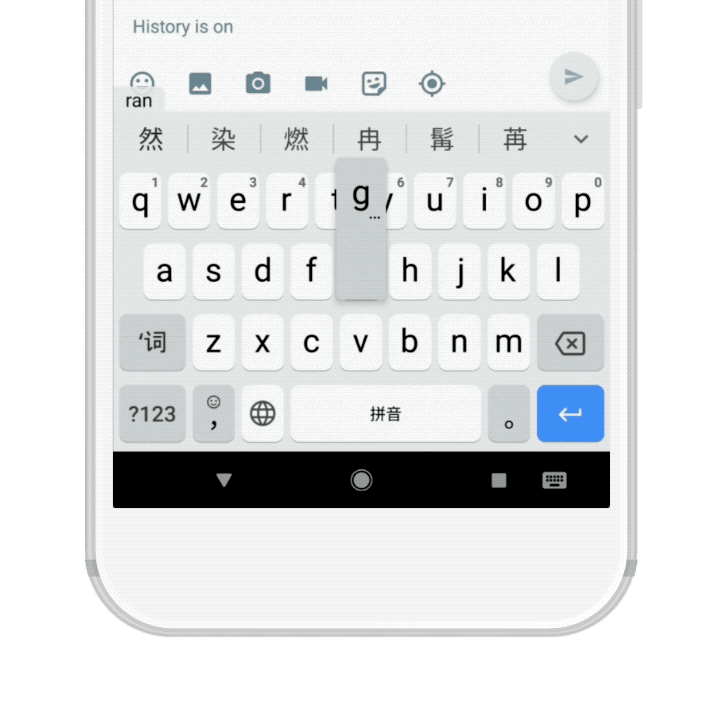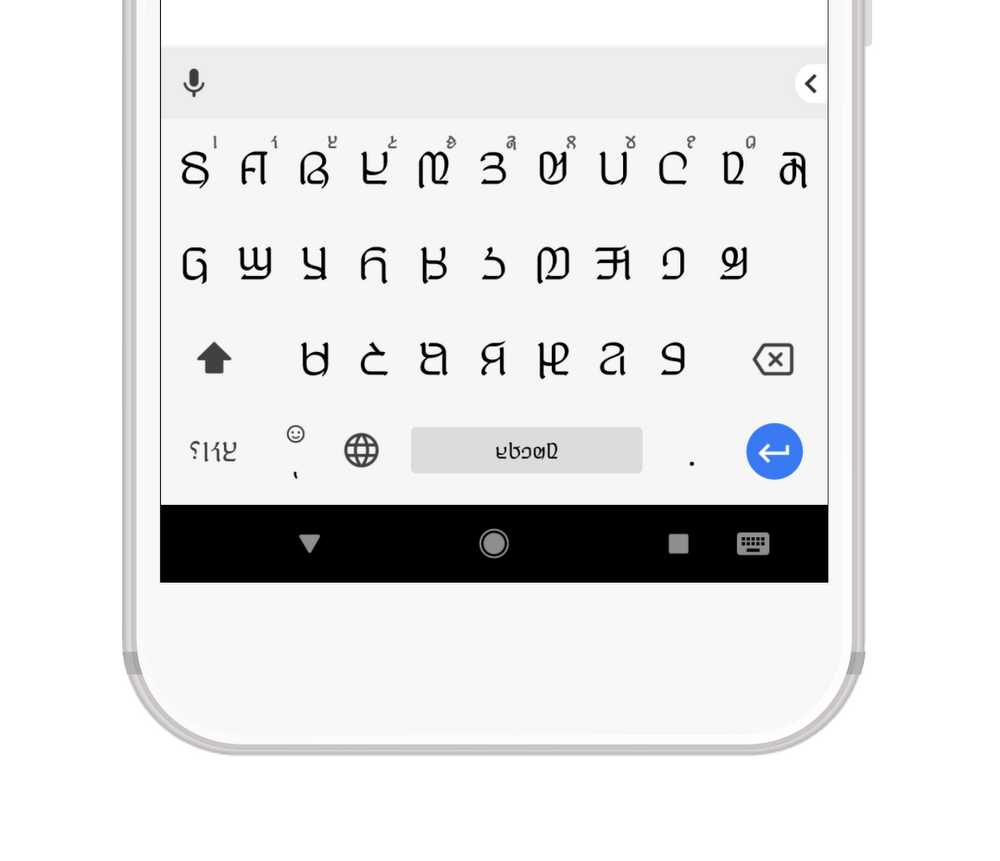Stay entertained, connected and on track during your drive
With Android Auto, you can stay entertained by quickly launching and listening to your favorite music, news and podcasts with personalized recommendations from Google Assistant. You can also play a variety of games from GameSnacks while you’re parked waiting for a to-go order or charging your car.
And for commuters, Android Auto can help you stay on top of important work meetings and messages with new support for your work profile. Plus, if you’re a dual-SIM Android phone user, you can now choose which SIM card to use when making calls through Android Auto.
To help you stay on track, Waze on Android Auto is also getting a refresh to create a more streamlined navigation experience. The new design includes touchpad support, night mode and lane guidance support, and puts the map and directions at the forefront so other elements aren’t in the way. With Waze, Google Maps and many more navigation apps, Android Auto makes it easy to get to where you need to be.
These Android Auto features will be available soon on Android phones when connected to a compatible car. If you don’t have a compatible car, you can check out other ways Google can help on your drive including new updates to Google Assistant driving mode and more on your Android phone.
Add photos and videos to a passcode-protected space
Previously on Pixel only and rolling out soon to Android, Locked Folder in Google Photos gives you a passcode-protected space to save photos and videos separately, so they won’t show up as you scroll through Google Photos or any other apps on your device.
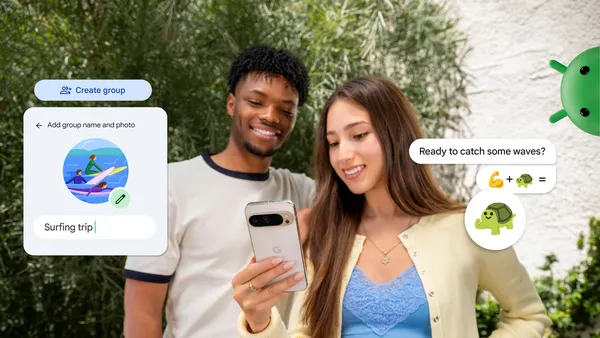 Android’s latest features: Emoji Kitchen, Daily Listen AI-generated audio shows, new image editor in Google Photos and more.
Android’s latest features: Emoji Kitchen, Daily Listen AI-generated audio shows, new image editor in Google Photos and more.
 Android’s latest features: Emoji Kitchen, Daily Listen AI-generated audio shows, new image editor in Google Photos and more.
Android’s latest features: Emoji Kitchen, Daily Listen AI-generated audio shows, new image editor in Google Photos and more.
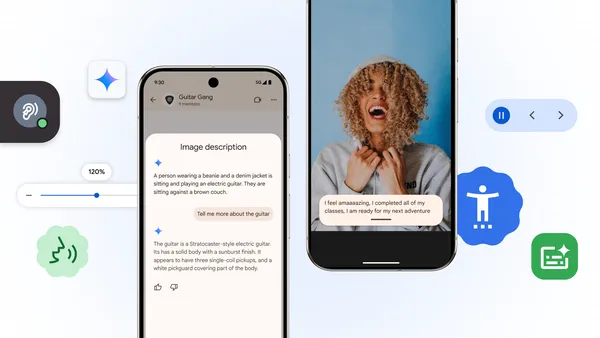 In honor of Global Accessibility Awareness Day, we’re excited to roll out new updates across Android and Chrome, plus new resources for the ecosystem.
In honor of Global Accessibility Awareness Day, we’re excited to roll out new updates across Android and Chrome, plus new resources for the ecosystem.
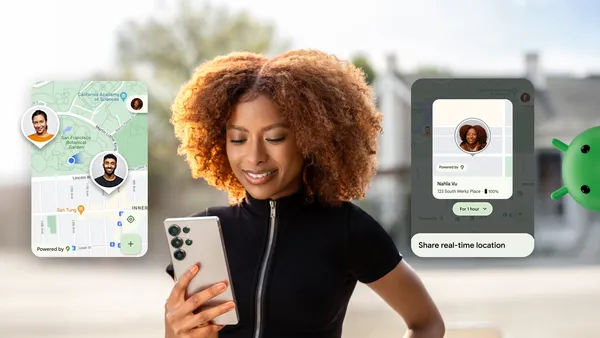 Android’s latest features: Real-time scam alerts in Google Messages, more gaming apps on Android Auto, and more.
Android’s latest features: Real-time scam alerts in Google Messages, more gaming apps on Android Auto, and more.
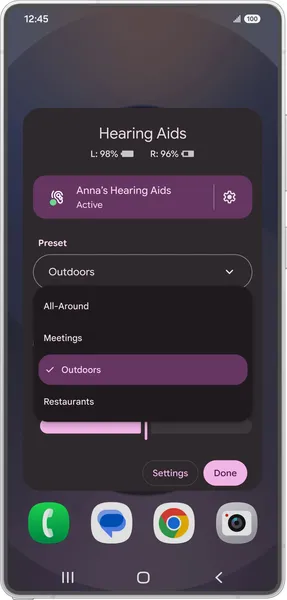 Today we’re rolling out a handful of updates to make Android’s hearing aid and screenreader experiences even more accessible.Starting with the Samsung Galaxy S25, we’re …
Today we’re rolling out a handful of updates to make Android’s hearing aid and screenreader experiences even more accessible.Starting with the Samsung Galaxy S25, we’re …
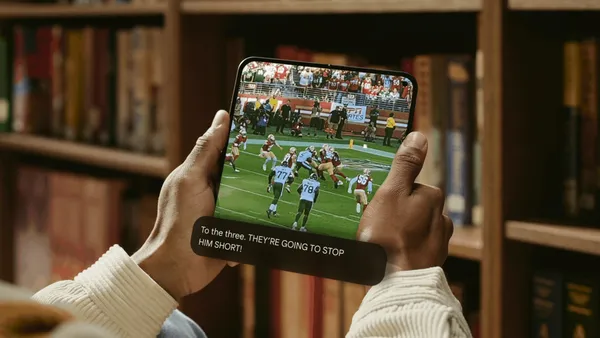 The new Live Caption feature gives you the full picture of emotion in what’s being said on your device.
The new Live Caption feature gives you the full picture of emotion in what’s being said on your device.
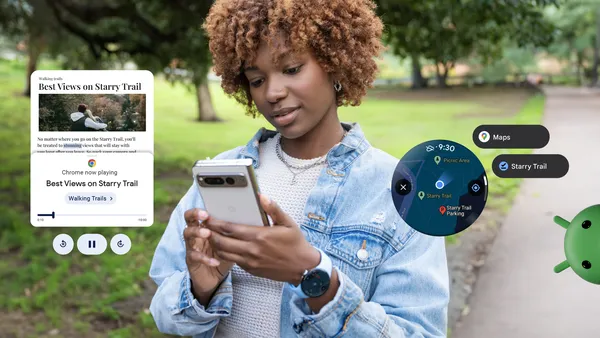 New Android features help you explore with confidence — from using offline maps from your wrist to getting earthquake alerts in more locations.
New Android features help you explore with confidence — from using offline maps from your wrist to getting earthquake alerts in more locations.
 The holiday season has arrived, and we're celebrating with a bundle of new features from Android.
The holiday season has arrived, and we're celebrating with a bundle of new features from Android.
